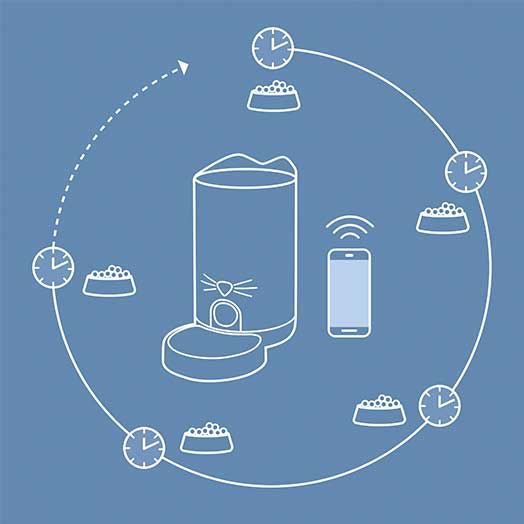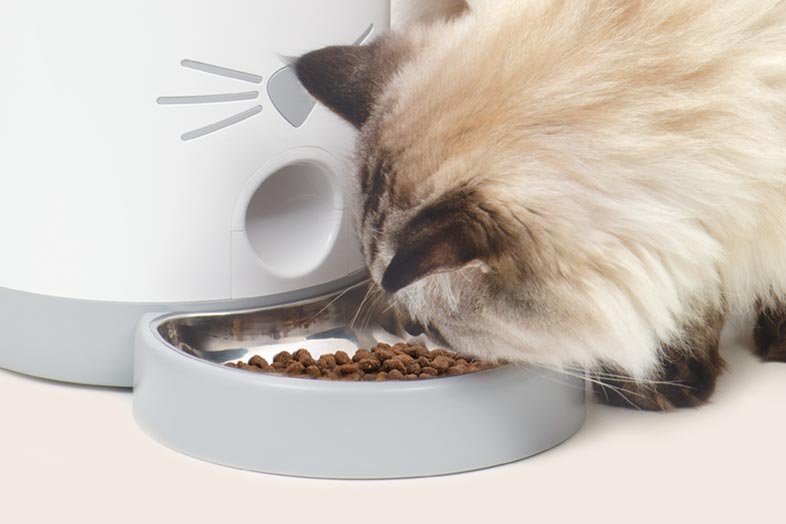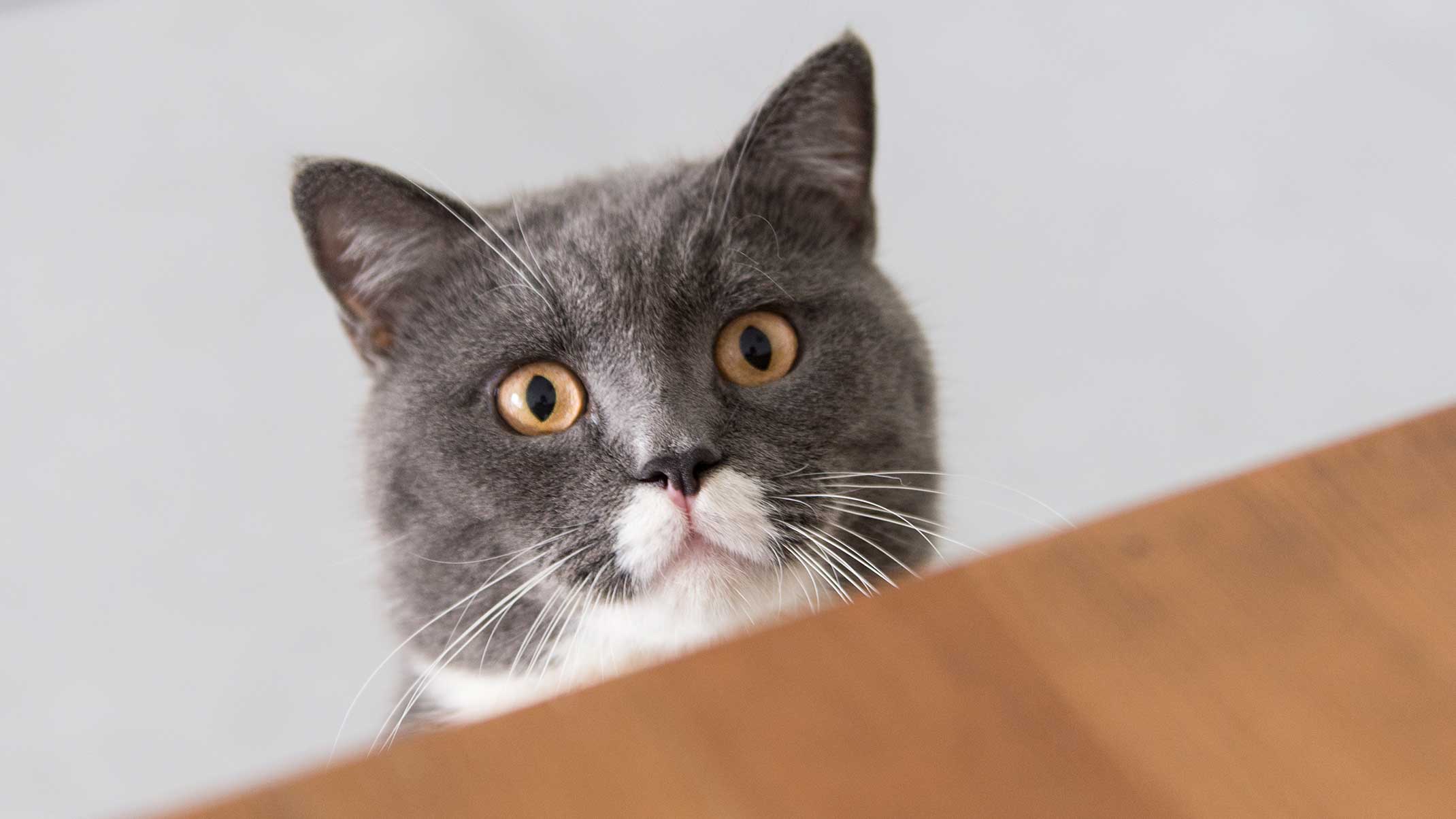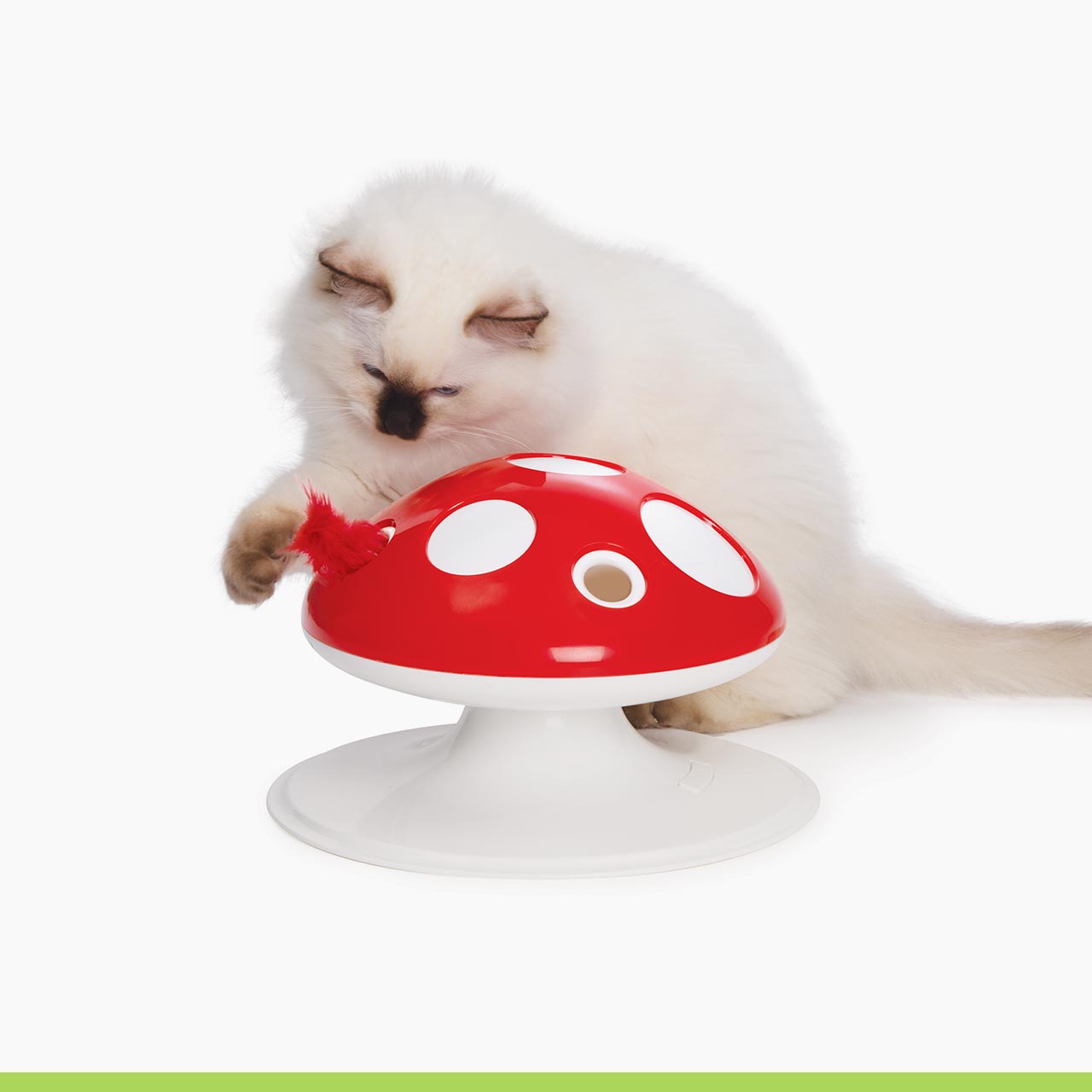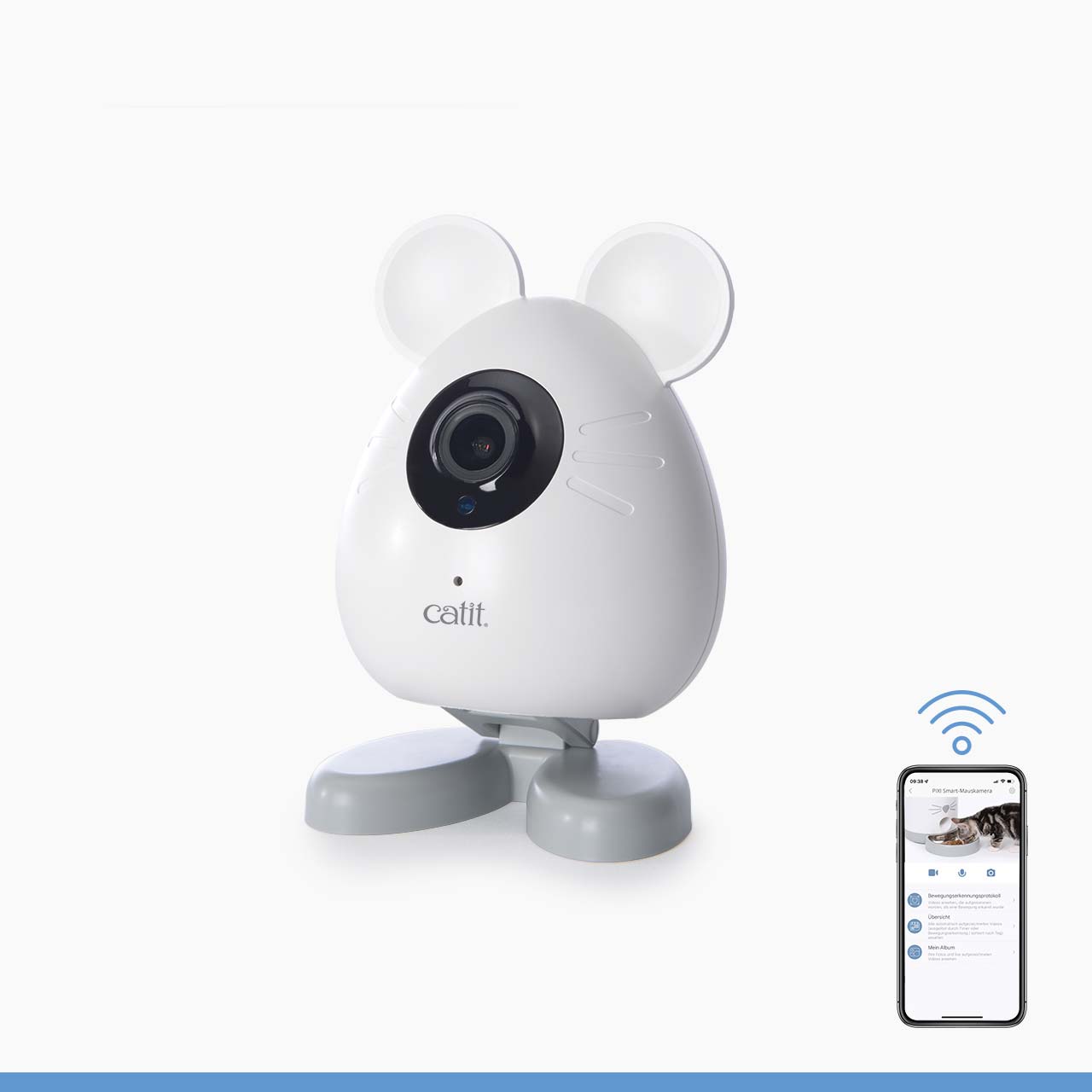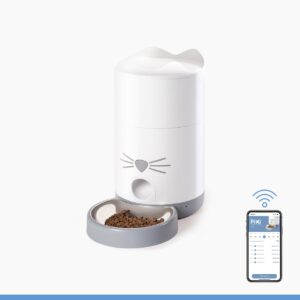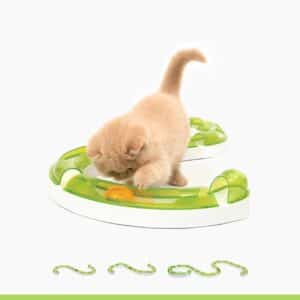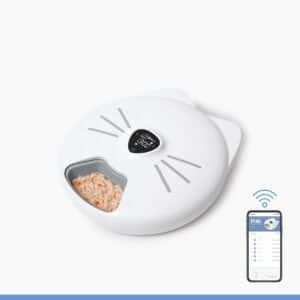In this article
Prevention is better than cure
Next time you feed your cat, have a look at the feeding guide printed on the food bag. This chart will tell you exactly how much food your cat needs, depending on their weight. If you want to put your cat on a diet, make sure to feed them the amount of food that a feline weighing your cat’s target weight would need, not the amount your cat needs at their current weight.
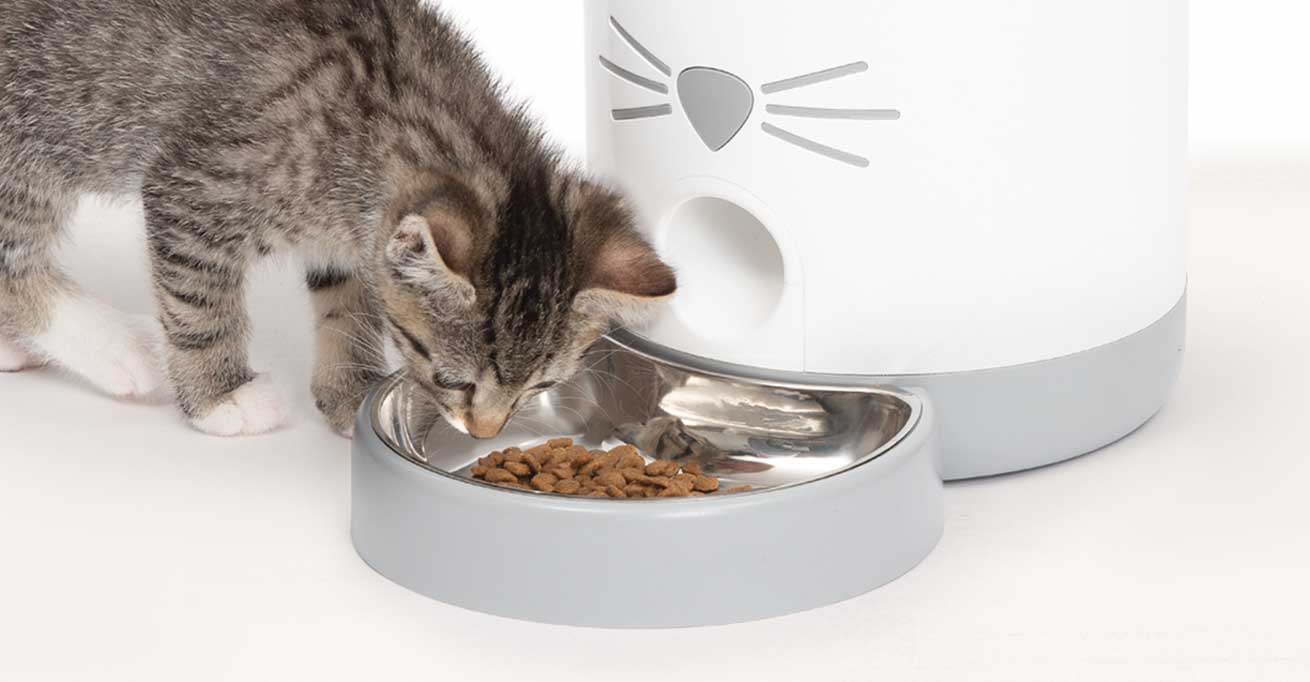
Before you get started
Visit your veterinarian
As each cat is different, your veterinarian is best equipped to help your feline get started on their journey. Veterinary professionals can set a target weight, create a weight loss plan, check your cat for underlying medical conditions, or prescribe special dietary food.
Go slow to prevent liver damage
Cats that suddenly receive much less food, or no food at all, will quickly start to use up fat reserves. Unfortunately, all this fat can’t be processed at once, so it ends up being stored in the liver, where it blocks important liver functions and even kills liver cells. This potentially life-threatening condition is called hepatic lipidosis and will set in after your cat is left without food for only a few days! Thus, make sure never to suddenly take away (almost) all Fluffy’s food.
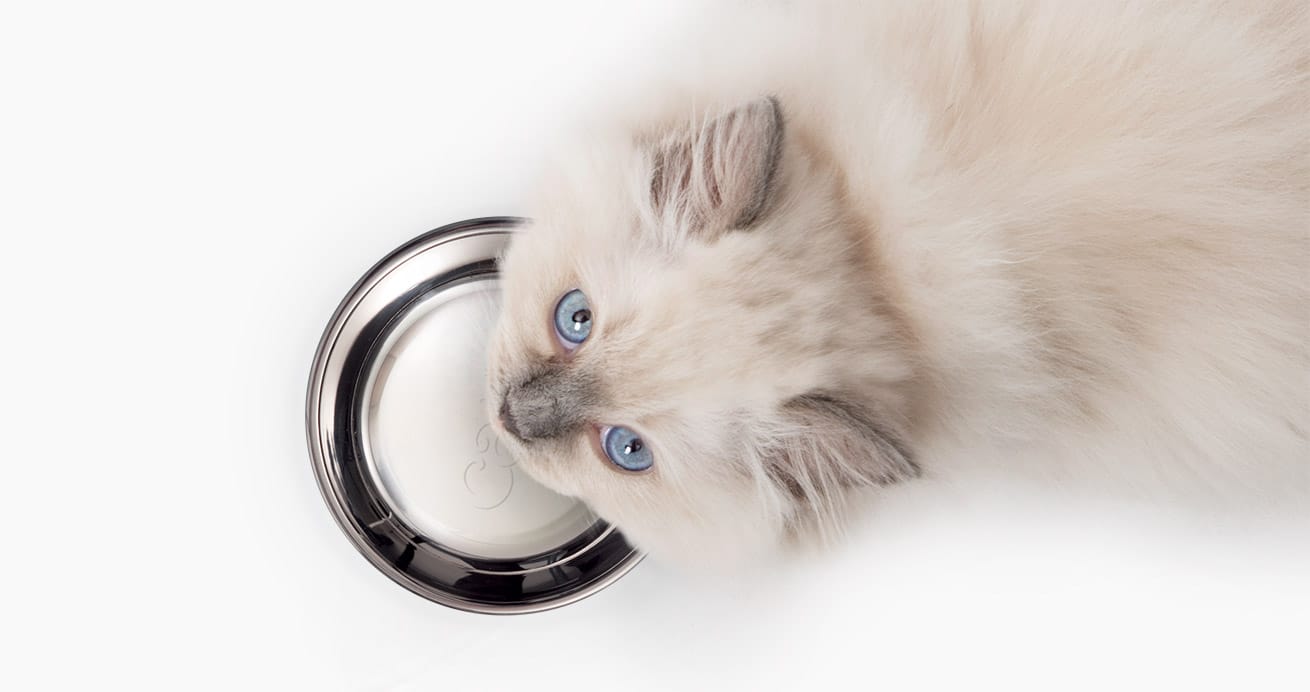
Manage your expectations
Did you know that cats should lose no more than 1-2% of their body weight per week when they are on a diet? On average, it takes 6-8 months for cats on a diet to reach their target weight. In the meantime, try to resist those plaintive cries for unhealthy treats. We know you can do it!
Simple weight loss tools for your cat
1) Cat play everyday
Playing with your cat doesn’t have to be exhausting. Our Catit Senses line consists of various toys and feeders that keep your cat busy, even when you’re away. Mix up the configuration of your cat’s playground every now and then to keep your feline motivated to burn some calories.
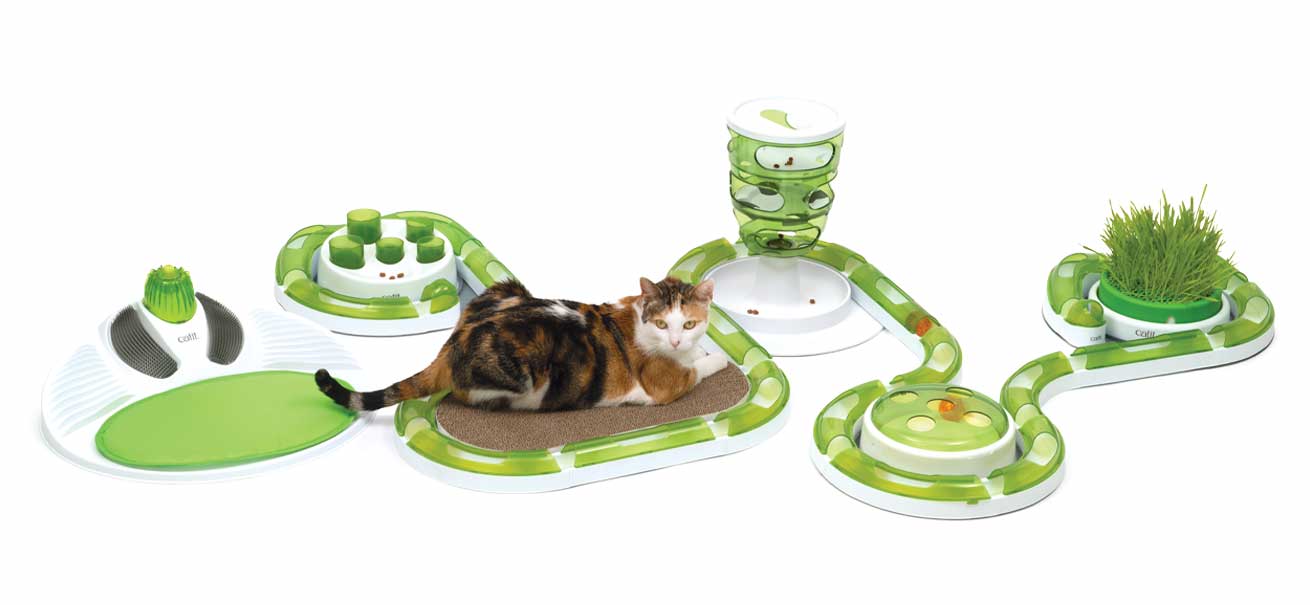
2) Get your cat to drink more
Cats are picky drinkers, but a cat drinking fountain will encourage your furry friend to take in more liquid. Drinking plenty of water will not only make your cat feel fuller, but it has also been proven to be a great help in preventing urinary tract diseases.
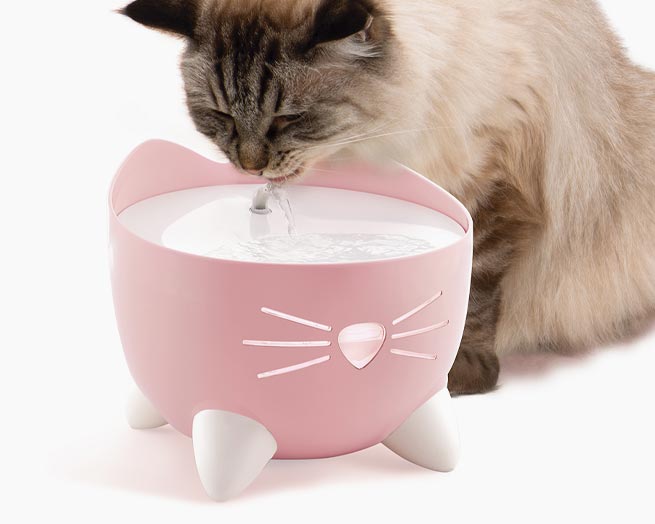
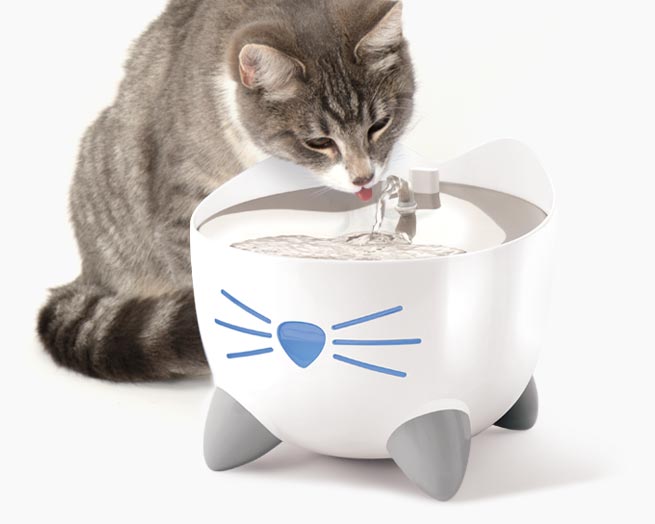
3) Stimulate mind and body
Pet cats tend to get bored while you’re gone, sleeping the day away. The solution to this issue is simple though: get your cat a puzzle feeder. Insert a little kibble into the puzzle and watch as your cat will try to get the pellets out. Figuring out how to get to those tasty bites will keep your cat’s mind stimulated, preventing boredom and overeating.
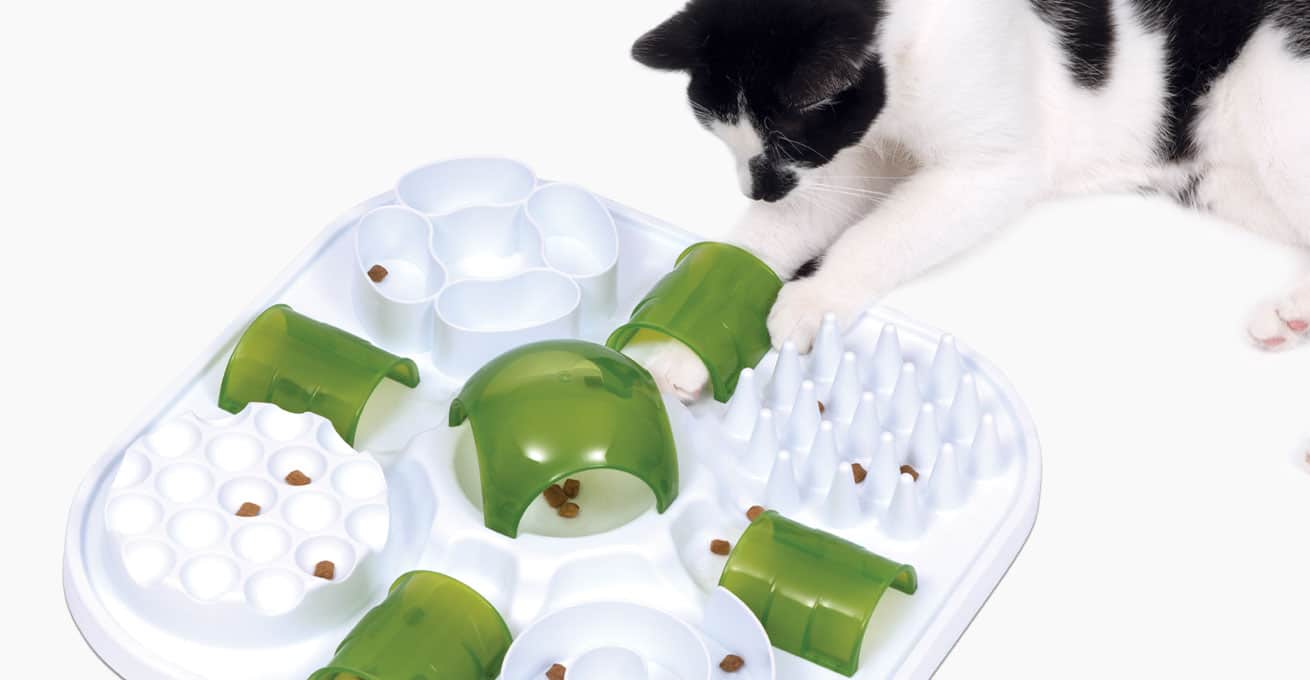
4) Slow down your hungry cat
Many cats are experts at wolfing down their food, causing them to either get chubby or throw up. Slow feeders are a clever invention that allows your cat to paw out small portions of food, one at a time. This slows down your cat’s eating pace and prevents them from throwing up. As a bonus, your cat will have to make an effort in order to obtain food, just like in nature.
5) Get rid of any hassle thanks to smart feeding technology
The Catit PIXI Smart Feeder is a great example of this game-changing technology. Use the PIXI app on your smartphone to schedule your cat’s meals, which then will be distributed automatically at the right time. As you can determine the size of each meal, you can easily prevent your cat from eating large amounts at a time.
